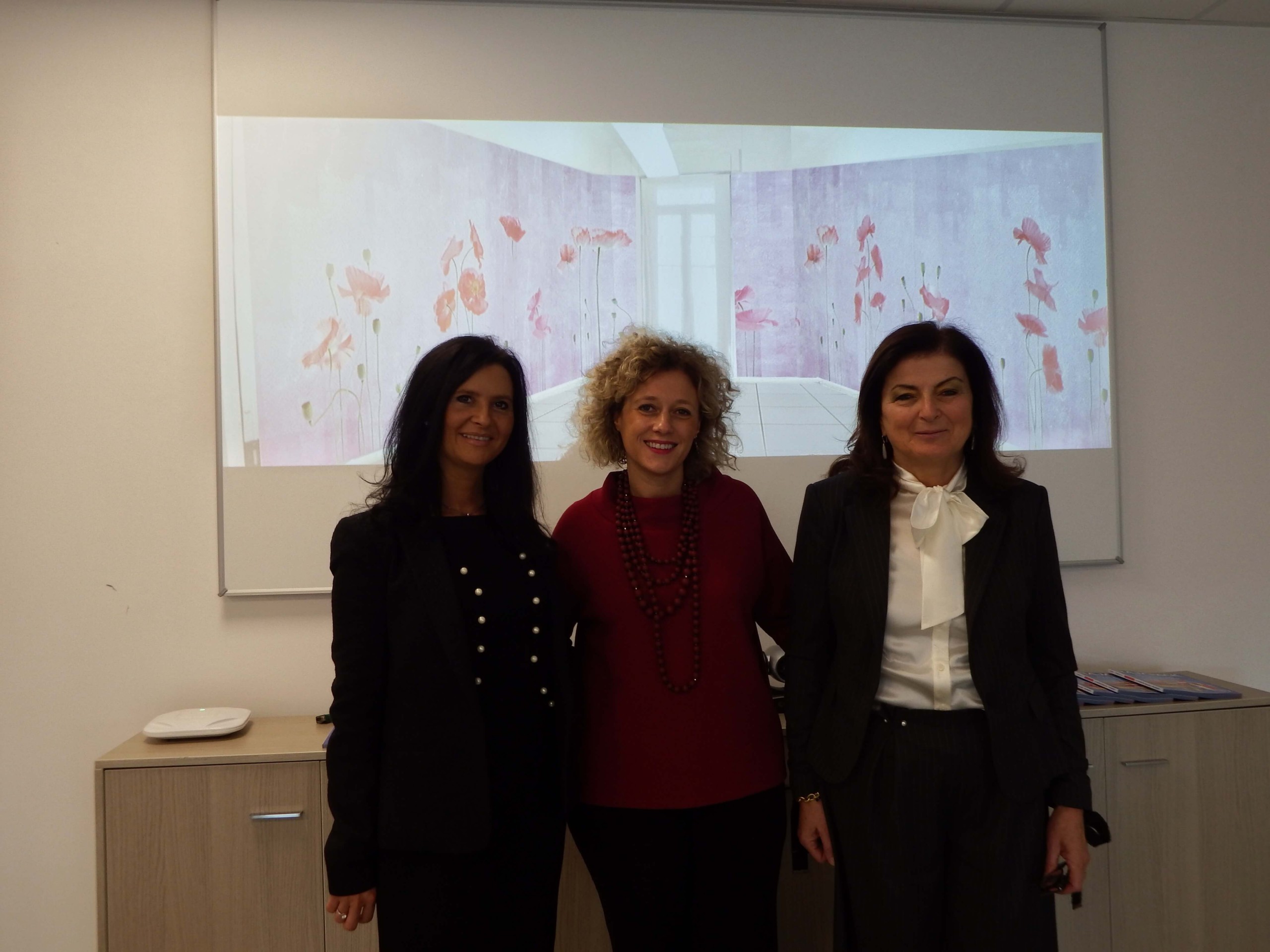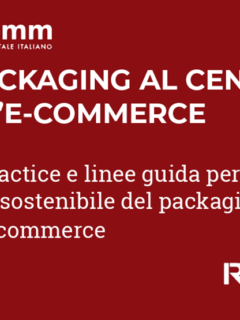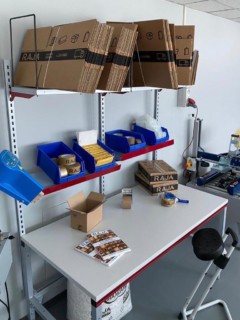We are proud to support the pictorial humanisation project of the Women’s Health Centre, the provincial reference centre for breast cancer prevention screening. The aim of the initiative is to use colours and images to create a more welcoming environment for women undergoing regular check-ups.
Our contribution will finance the restyling of the relaxation room.
“Corporate social responsibility is one of the most deeply rooted convictions of our president, Danièle Kapel MARCOVICI, who did not hesitate for a single moment when I explained to her the pictorial humanisation project of the Women’s Health Centre and our intention to support it. Through this project, which perfectly matches the Raja Group’s commitment to the area and to women in particular, we like to think of making the lonely moments of women facing cancer less dark, through the benefits of art and colours. The commitment, passion and deep humanity of the women doctors at the Women’s Health Centre made our choice even easier. It is a gesture by women for women,’ says Lorenza Zanardi, General Manager of Rajapack Italia. 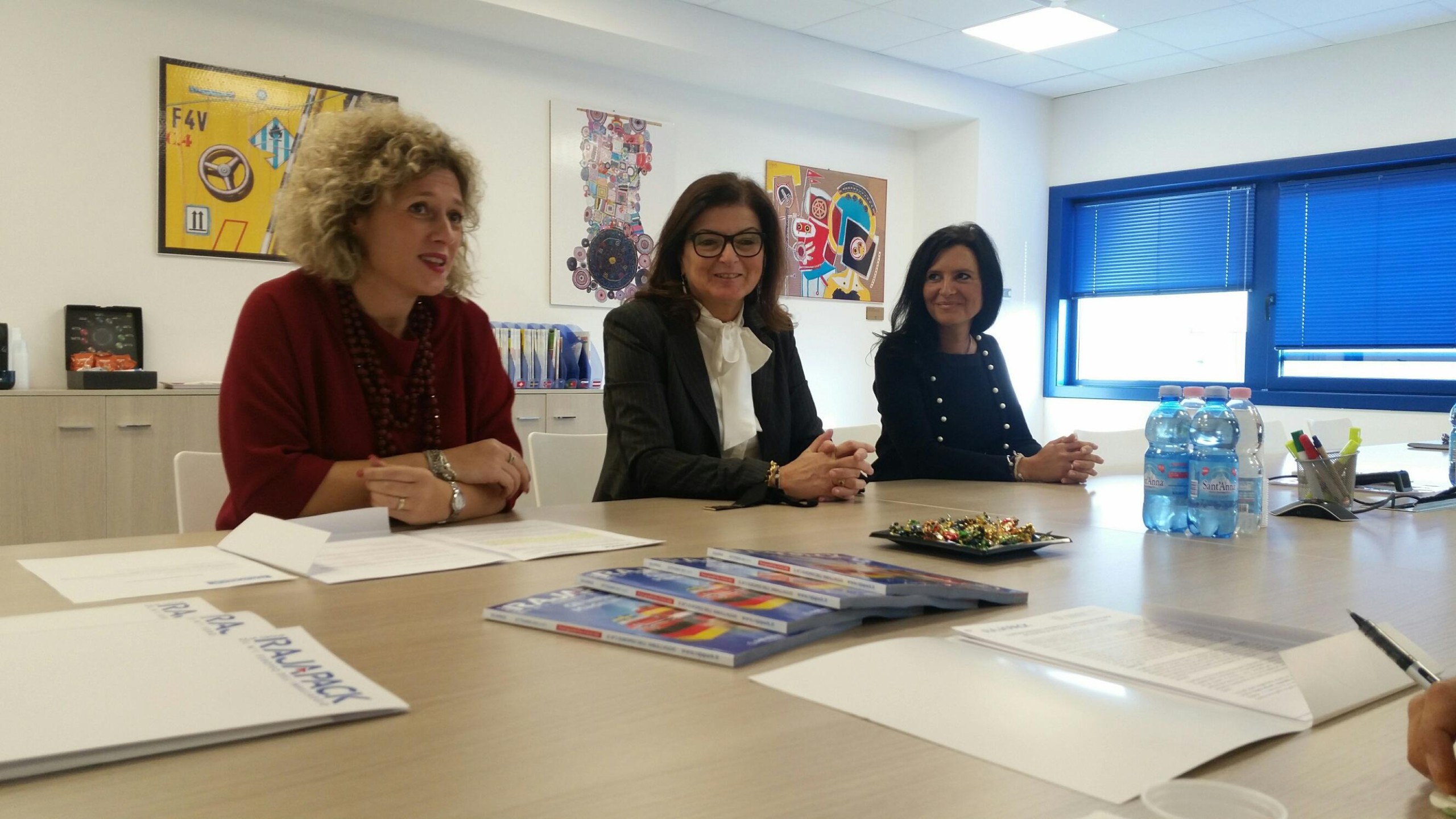
The pictorial humanisation project of the Piacenza Women’s Health Centre is curated by Sally Galottifamous designer and cartoonist. Together with the health staff and the Armonia association, the designer wants to create a more welcoming environment for all those who have to face such a delicate moment as the breast check-up. The theme of flowers has been chosen as a symbol that speaks to women: each clinic will feature a different floral decoration.
“One of the most innovative aspects of the restyling project of the Women ‘s Health Centre,” highlights Rosella Schianchi, head of breast radiology at the Piacenza Women’s Health Centre, ” is the creation of a room dedicated to women who have undergone a biopsy. When mammography or ultrasound show a possible lesion, at the facility in Piazzale Torino, the patient can undergo a small sampling of a fragment of tissue to detect the possible existence and nature of a tumour.
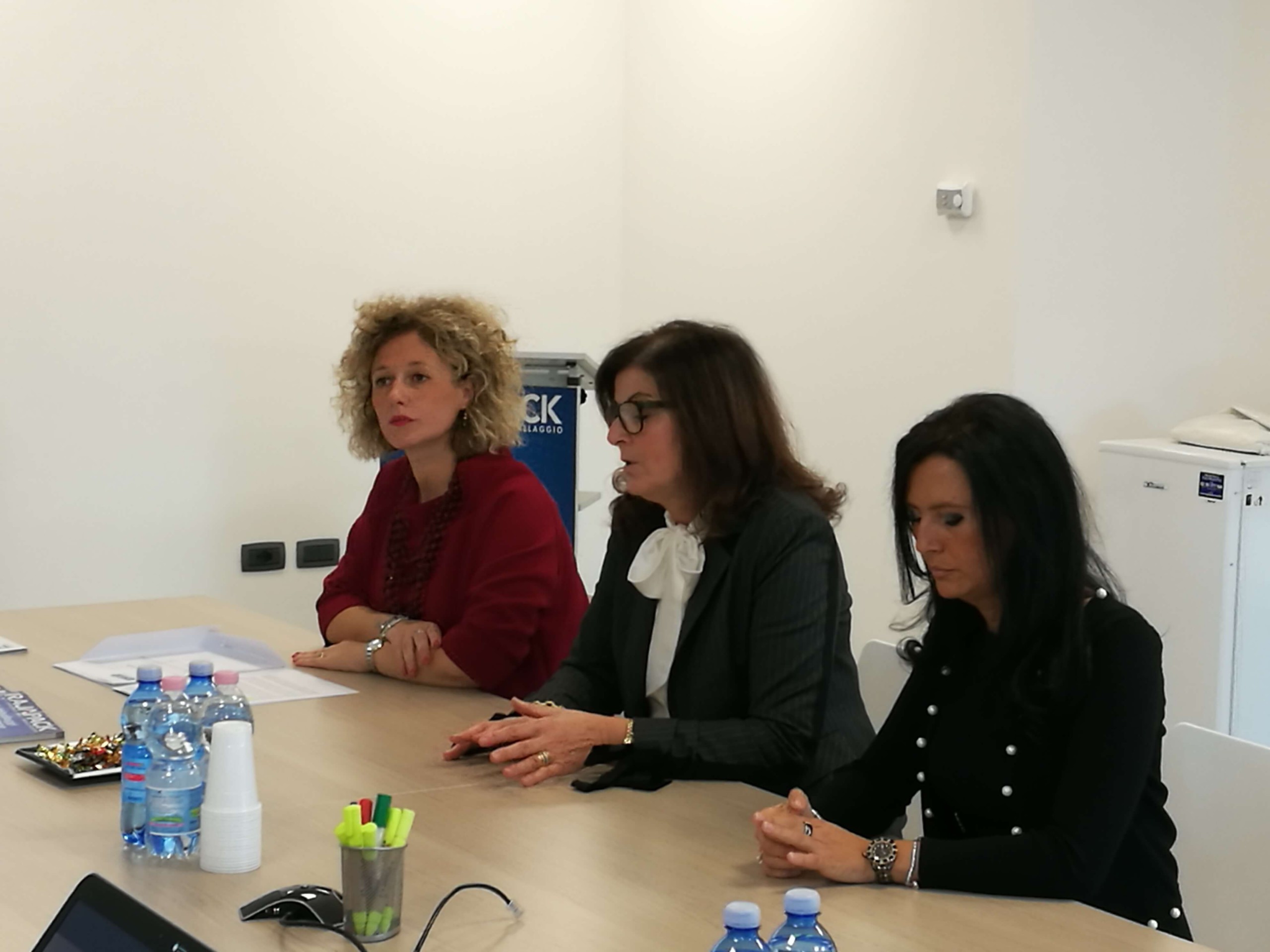
“The procedure is not particularly invasive, but it is clear,” Dr Schianchi points out, ” that a state of stress is created in women. At this juncture, they are waiting for an answer that could turn their lives upside down’.
Hence the insight of the professionals at the Women’s Health Centre: how could we make this waiting a little less difficult?
“The relaxation room represents a space where patients can, if only for a moment, take their minds off the worry that is afflicting them at that moment,” Dr Schianchicontinues.
The relaxation room we have financed will be decorated and set up so that it can be as comfortable as possible. In this room, the flower represented will be the poppy, a choice made by the Rajapack employees themselves. This small gesture is a symbol of an ideal chain of female solidarity, to make women facing the disease feel less alone.
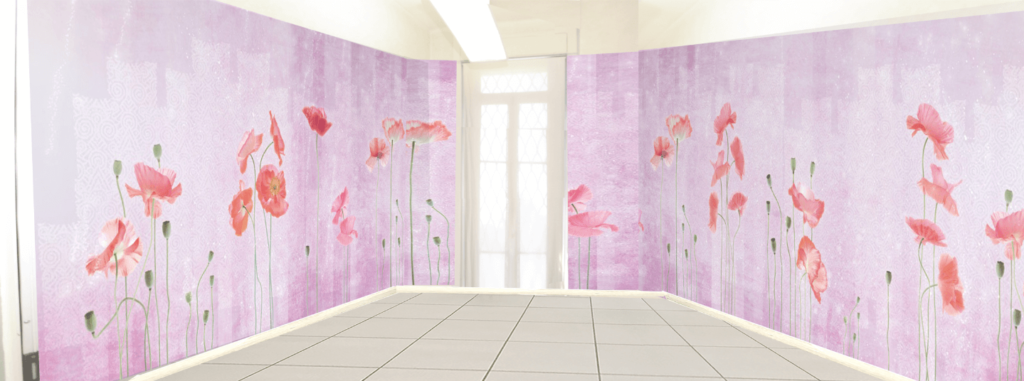
A kettle for herbal teas and a few sweets, a comfortable armchair and a diary on which to leave her thoughts will help the patient in the first moments of confrontation with the disease, even if it is not yet established.
“It iscertainly not possible to heal by environmental qualities alone,” Dr Schianchi concludes, ” but colour and other minimal attentions represent a small investment of great help in therapy and integration in a context characterised by suffering.
This initiative is part of the path started last June by the Piacenza Ausl in collaboration with the Armonia Onlus association.
“Armonia On lus,” concludes Romina Cattivelli, president of the non-profit organisation, ” believes in this project. We want to offer patients, from the very first time they enter the outpatient clinic, the sensation of entering a welcoming and reassuring environment, capable of stimulating a positive emotional impact and a state of relaxation in such an emotionally charged moment as that of the interventional room, where the invasive examinations that might be followed by a disease diagnosis take place. Through our direct experience, we know how important context can be: these rooms will protect and encourage. We are all working together to create environments that tell the story of the doctors’ expertise, that are an invitation to life and, therefore, to prevention, and that welcome all women”.
